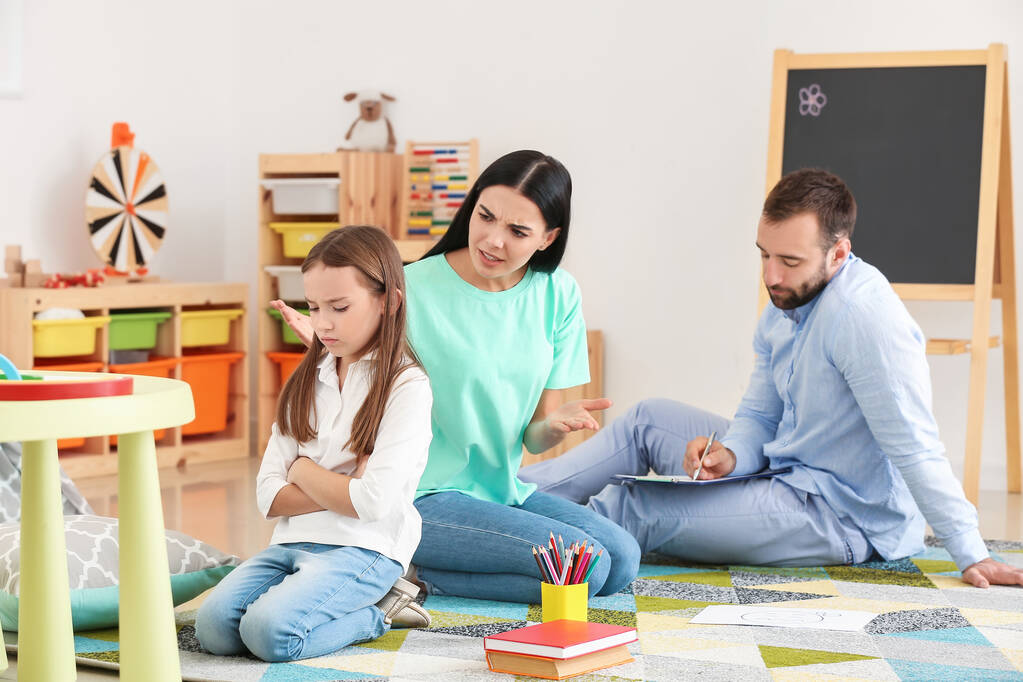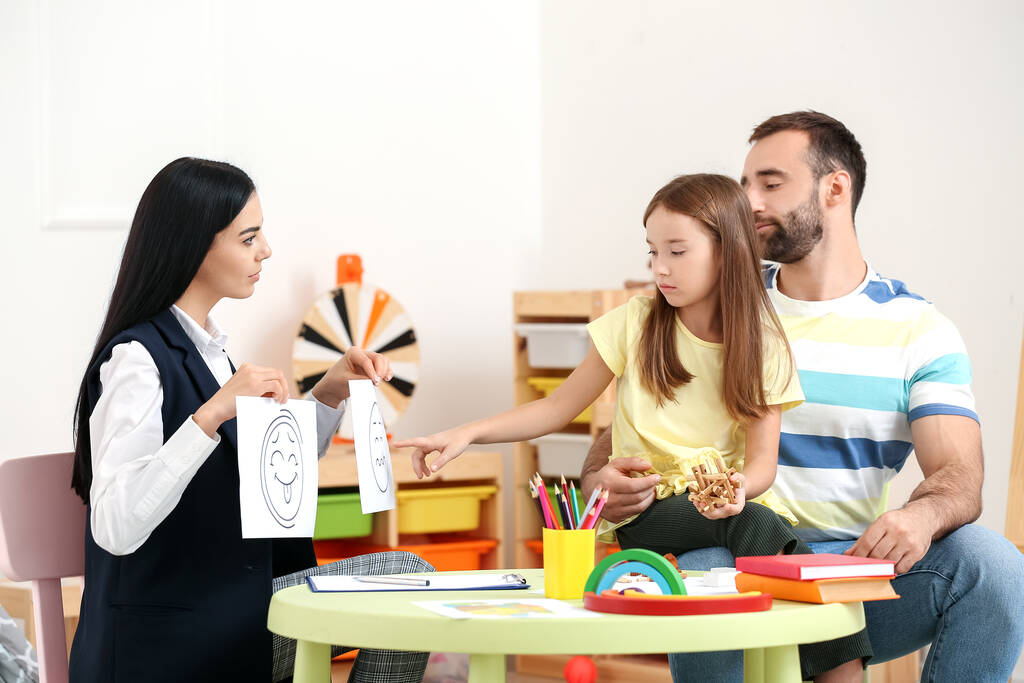Discover effective strategies and techniques for teaching emotional regulation to 10-11 year old children.
How to Teach Emotional Regulation to 10-11 Year Old Children
Hey there, parents and educators! Are you ready to dive into the exciting world of teaching emotional regulation to 10-11 year old children? Well, buckle up because we’re about to embark on a fantastic journey together. We’ll explore everything from the importance of emotional regulation to strategies for effective teaching, and we’ll even tackle those common challenges along the way. So, grab a cup of tea and let’s get started!

Understanding Emotional Regulation
Before we delve into the nitty-gritty details, let’s take a moment to understand what emotional regulation is all about. It’s the superhero power that helps kids manage their emotions, control their impulses, and navigate the rollercoaster of feelings that life throws at them.
Imagine a young child standing at the edge of a playground, watching other kids play. Suddenly, a wave of jealousy washes over them as they long to join in the fun. Without emotional regulation, this jealousy could quickly escalate into anger, leading to a tantrum or even aggressive behavior. However, with the power of emotional regulation, the child can acknowledge their jealousy, take a deep breath, and find a healthy way to cope with their emotions, such as talking to a trusted adult or finding an alternative activity to engage in.
Emotional regulation is not just a fancy term; it’s a crucial skill that sets our mini humans up for success. When kids can regulate their emotions, they can focus better, solve problems more effectively, and even build healthier relationships with their pals. So, it’s like giving them a secret weapon to conquer any emotional hurdle that comes their way.
The Importance of Emotional Regulation in Children
Imagine a classroom full of students, each with their own unique set of emotions bubbling beneath the surface. Without emotional regulation, the classroom could quickly become chaotic, with outbursts of anger, frustration, and sadness disrupting the learning environment. However, when children possess the ability to regulate their emotions, they can create a calm and harmonious atmosphere, allowing for optimal learning and growth.
Furthermore, emotional regulation plays a vital role in a child’s overall well-being. When children are equipped with the tools to manage their emotions, they are less likely to experience chronic stress, anxiety, or depression. Instead, they can navigate the ups and downs of life with resilience and confidence.
Key Concepts in Emotional Regulation
Now that we’ve established the significance of emotional regulation, let’s dive into some key concepts that will lay the foundation for your teaching journey. Kids need to understand that emotions are natural and that it’s okay to feel the entire rainbow of emotions. From the exhilaration of joy to the depths of sadness, each emotion serves a purpose in our lives.
Imagine a child sitting in a cozy corner of their room, flipping through a picture book filled with colorful illustrations. As they turn the pages, they encounter different emotions portrayed by the characters. They see a character jumping with excitement, another character shedding tears of sadness, and yet another character clenching their fists in anger. Through these illustrations, the child learns that emotions are like colors on a palette, each adding depth and richness to the canvas of life.
In addition to understanding the naturalness of emotions, children also need to learn about emotional vocabulary. Just as a painter needs a wide range of colors to create a masterpiece, children need a diverse emotional vocabulary to express their feelings accurately. When children can articulate their emotions, they can effectively communicate their needs and seek support when needed.
Imagine a group of children sitting in a circle, each holding a small card with an emotion written on it. One child holds the card that says “frustration,” and they share a personal experience that made them feel frustrated. As they speak, the other children nod in understanding, offering words of empathy and support. Through this activity, the children not only expand their emotional vocabulary but also develop a sense of connection and empathy towards one another.
The Developmental Stage of 10-11 Year Olds
Ah, the magical world of 10-11 year olds! This is an interesting age where our kids are like sponges, soaking up knowledge and experiences. Understanding their cognitive and emotional development at this stage will help us tailor our teaching approach to meet their needs.
During this developmental stage, children experience significant growth in their cognitive and emotional abilities. It is a time of exploration and discovery, as they become more independent and eager to understand the world around them.
In terms of cognitive development, 10-11 year olds are honing their critical thinking skills and starting to grasp abstract concepts. They are able to think more logically and systematically, making connections between different ideas and solving problems in a more sophisticated manner. Their curiosity is at its peak, and they actively seek out new information and experiences to satisfy their thirst for knowledge.
Furthermore, this age group is also undergoing important emotional development. 10-11 year olds are navigating complex feelings like never before. They may experience heightened self-awareness, increased empathy, and a growing sense of identity. It is crucial to provide them with the necessary tools and guidance to effectively manage and regulate their emotions.
By teaching them emotional regulation, we are equipping them with the skills to navigate this emotional rollercoaster with confidence. They learn to identify and understand their emotions, as well as develop strategies to express themselves in a healthy and constructive manner. This not only benefits their personal well-being but also enhances their social interactions and relationships with others.
Additionally, this stage is an opportune time to introduce them to advanced strategies for emotional regulation. By providing them with a range of techniques such as deep breathing exercises, journaling, and mindfulness practices, we empower them to cope with stress and challenges effectively. These skills will serve them well throughout their lives, enabling them to navigate the complexities of adulthood with resilience and adaptability.
Overall, the developmental stage of 10-11 year olds is a fascinating and transformative period. Their cognitive and emotional growth during this time sets the foundation for their future learning and emotional well-being. By understanding and supporting their development, we can create an environment that nurtures their curiosity, fosters their emotional intelligence, and empowers them to reach their full potential.
Strategies for Teaching Emotional Regulation
Now that we have a solid understanding of emotional regulation and developmental milestones, it’s time to roll up our sleeves and dive into some practical strategies to teach this superpower to our 10-11 year olds.
Incorporating Emotional Regulation in Daily Routines
One of the most effective ways to teach emotional regulation is by incorporating it into your daily routines. Whether it’s during mealtime conversations or bedtime reflections, find regular opportunities to discuss emotions and model healthy emotional responses.
For example, during mealtime conversations, you can ask your 10-11 year olds how their day went and how they felt about different situations they encountered. This encourages them to reflect on their emotions and express themselves in a safe and supportive environment. By consistently incorporating these discussions into your daily routines, you are helping them develop a habit of recognizing and regulating their emotions.
Bedtime reflections can also be a valuable time to teach emotional regulation. Encourage your young superheroes to share their thoughts and feelings about the day before going to sleep. This not only helps them process their emotions but also promotes a sense of calmness and relaxation before bedtime.
Teaching Techniques for Emotional Recognition
Emotional recognition is like the superhero cape of emotional regulation. Encourage kids to identify and label their emotions accurately. You can use creative activities like drawing emotion maps or playing “emotion charades” to make it engaging and fun.
When playing “emotion charades,” provide a list of emotions and have your 10-11 year olds act out each emotion without using any words. This activity not only helps them recognize different emotions but also enhances their nonverbal communication skills. Drawing emotion maps can be another exciting way to teach emotional recognition. Ask your young superheroes to create a visual representation of different emotions, using colors, symbols, and images to express how each emotion feels to them.
By incorporating these teaching techniques, you are not only making the learning process enjoyable but also helping your 10-11 year olds develop a deeper understanding of their emotions and how to regulate them effectively.
Tools for Managing Emotional Responses
Managing emotional responses can be tricky for anyone, not just our young superheroes. Help your 10-11 year olds build a toolbox filled with handy strategies like deep breathing exercises, journaling, or talking to a trusted adult. Provide them with practical tools to conquer overwhelming emotions.
Deep breathing exercises are a simple yet powerful tool for managing emotional responses. Teach your young superheroes different breathing techniques, such as diaphragmatic breathing or square breathing, and encourage them to practice these techniques whenever they feel overwhelmed or anxious. Journaling can also be an effective way for them to process their emotions. Encourage them to write about their feelings and experiences, allowing them to gain insight into their emotions and find healthy ways to cope with them.
In addition to these individual tools, emphasize the importance of seeking support from trusted adults. Let your 10-11 year olds know that it is okay to ask for help when they are struggling with their emotions. Encourage open communication and provide them with a list of trusted adults they can turn to when they need guidance or someone to talk to.
By equipping your young superheroes with these tools, you are empowering them to take control of their emotions and navigate through challenging situations with resilience and confidence.
Common Challenges in Teaching Emotional Regulation
As with any superpower training, we’re bound to encounter a few roadblocks along the way. Let’s address these common challenges and find ways to overcome them!
Dealing with Resistance from Children
Resistance is a part of the process, my friends. Some kids might not be jumping up and down with excitement about emotional regulation lessons. But fear not! Engage their curiosity by using age-appropriate stories, games, and role-playing activities. Gradually, you’ll win them over!
Overcoming Misunderstandings about Emotions
Emotions can sometimes be confusing territory for our young superheroes, leading to misunderstandings. Encourage open communication and actively listen to their perspectives. Address any misconceptions they may have, and provide gentle guidance to set them on the right path.
Evaluating Progress in Emotional Regulation
Time to put on our superhero capes and assess the progress our young champions are making on their emotional regulation journey.

Signs of Improvement in Emotional Regulation
Look out for those tiny victories! Improved ability to verbalize emotions, increased self-awareness, and better impulse control are all signs that your 10-11 year olds are mastering the art of emotional regulation. Celebrate these wins and give them their much-deserved superhero applause!
Long-term Benefits of Emotional Regulation Skills
Emotional regulation is not just a skill for the here and now; it’s a lifelong gift. Talk about the benefits they’ll reap in the long run, such as better mental health, improved relationships, and increased resilience. After all, who wouldn’t want these amazing superpowers for life?
In conclusion, teaching emotional regulation to 10-11 year old children is like unleashing their hidden superpowers. With patience, creativity, and a playful approach, you can equip them with the tools they need to conquer any emotional challenge that comes their way. So go forth, dear superhero mentor, and empower the next generation with the invaluable gift of emotional regulation!



